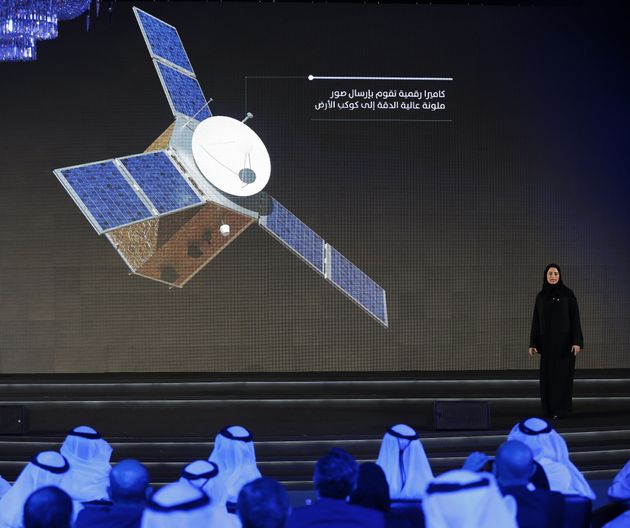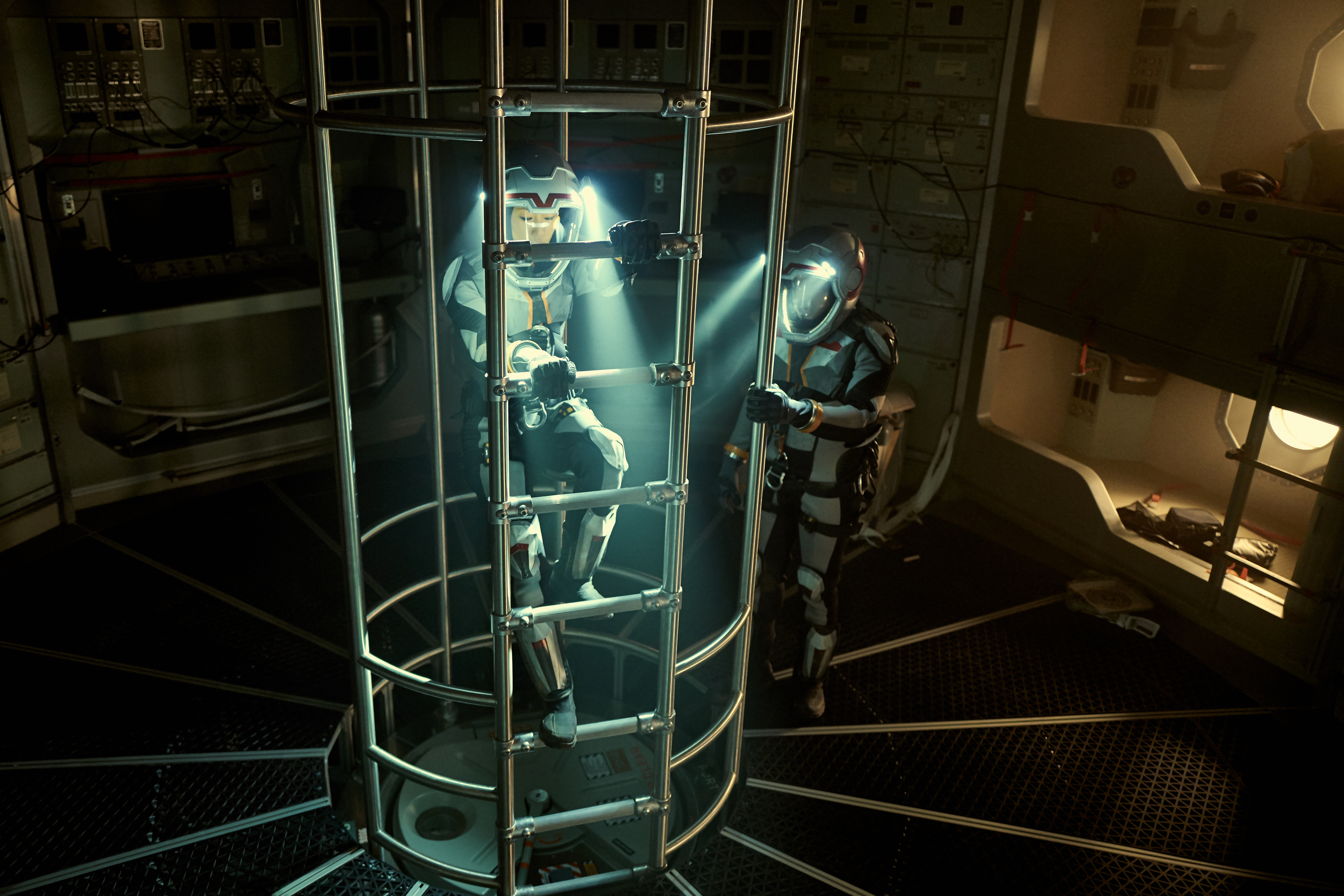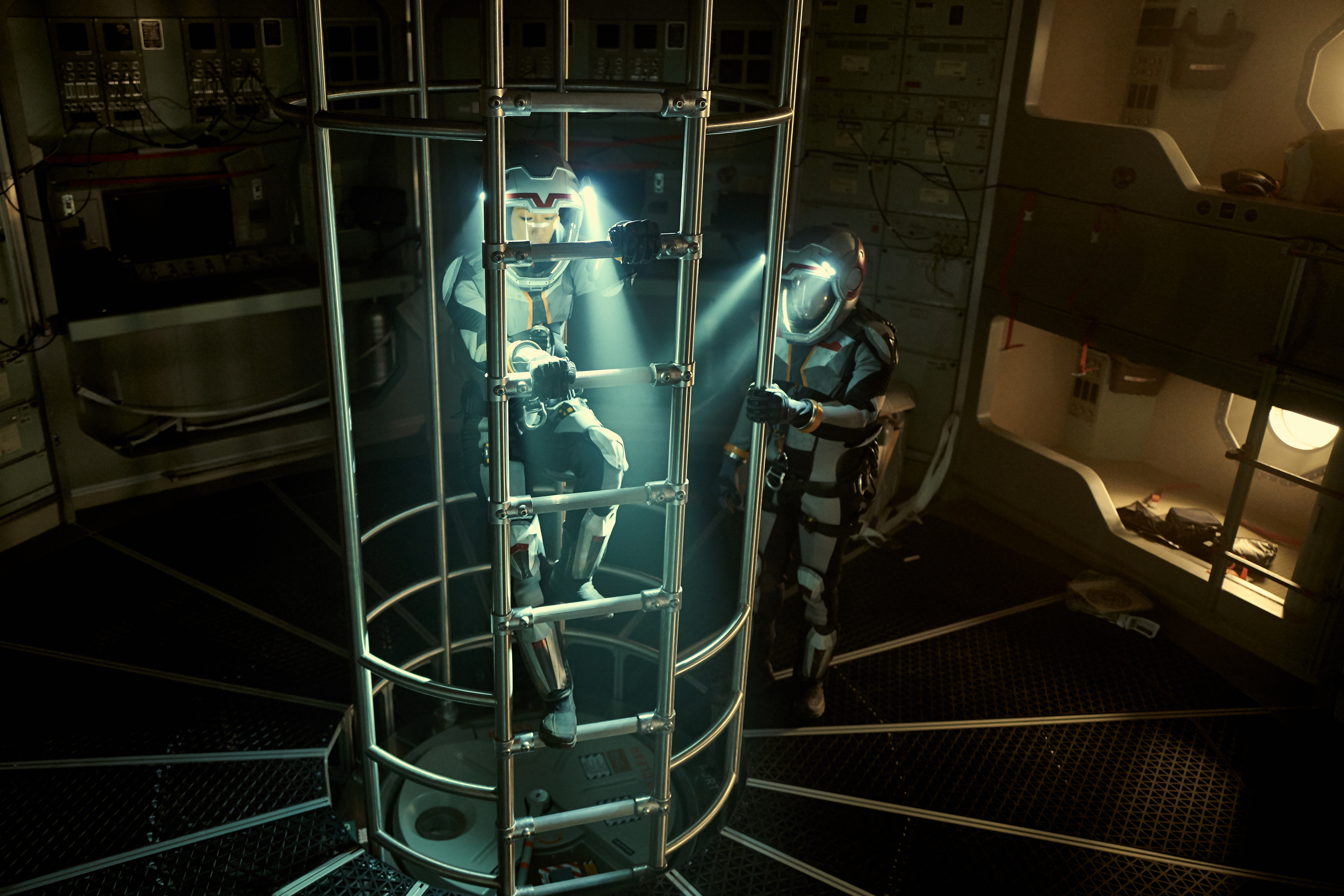Why Mars? – A Perspective From The United Arab Emirates
Multiple nations now have Mars in their sights as one of the most challenging goals humans can imagine. Here, Talal M. Al Kaissi of the United Arab Emirates explains why his country is one of the most recent to join the effort to explore Mars.

KARIM SAHIB VIA GETTY IMAGES
“We chose the epic challenge of reaching Mars because epic challenges inspire us and motivate us. The moment we stop taking on such challenges is the moment we stop moving forward.”
When His Highness Shiekh Mohamed Bin Rashed Al Maktoum, the UAE’s Vice President, Prime Minister, and Ruler of Dubai made that proclamation, it was July of 2014, and the UAE was 43 years old. The comment was made shortly after the establishment of the UAE Space Agency. At that point, the UAE’s investments in the “space” sector had already exceeded $5 billion, including Al Yah Satellite Communications Company (YAHSAT) and Thuraya, which specialize in satellite telecommunication. Another UAE entity (EIAST) had even built and launched two earth observations satellites. The UAE was far along on its path to diversify its economy away from hydrocarbons, with approximately 70 percent of the country’s GDP represented by non-oil based activities. With the global financial crisis finally beginning to recede, the country decided to aim even higher. In that spirit, 2021 was set as the target year to have the spacecraft achieve Martian orbit, to coincide with the country’s 50th year anniversary. And as though six and a half years was not ambitious enough, roughly a year will need to be shaved off to complete preparations by the launch window in 2020.
So “Why Mars?” Those who recall U.S. President John F. Kennedy’s speech in 1962, later dubbed “the Kennedy Moonshot,” understand how inspirational a simple message can be: “Not because it is easy, but because it is hard.” The U.S. was 186 years old at the time. Of course, Sputnik and the Cold War may have contributed to the drive behind that goal. The UAE’s objective, while similar in its attempt to galvanize inspiration, rests on a different motivation.
Anyone who has followed the UAE over the last two decades understands that while it is a small nation in a geographic region that is more notable for unfortunate geopolitical issues, the country stands out for a number of reasons: Its visionary leadership and good governance, its advanced first class infrastructure and position as an important logistical hub, and perhaps most importantly, a solid commitment by the government to providing education for every citizen.
The result is evident in the 200 nationalities that coexist in a country the size of the state of Maine, whose population is just under 10 million people (with roughly 10 percent UAE nationals) and where most Fortune 100 multinational companies have a regional headquarters. With recently inaugurated federal Ministries of Tolerance, Happiness, and Youth, the UAE is a pioneer regionally as well as globally in effective government and business promotion. Many sectors, including tourism, logistics, aviation, heavy industry and technology have been part of the economic diversification process, utilizing the comparative and competitive advantage the UAE holds. In that regard, the UAE’s entrance into the space sector was an inevitable eventuality and has garnered a lot of attention in the past two years.
Building human capital and capabilities
At the Mohamed Bin Rashed Space Center (MBRSC), which is leading the Mars Mission under the supervision of the UAE Space Agency, the average age of the 100 percent Emirati project management and engineering team is 27 years old. Over 40 percent of these engineers are women. In partnership with international organizations and academic institutions, the UAE is working on applying lessons and experiences accumulated in previous endeavors with home-grown satellite manufacturing. They are laying the groundwork for an increasingly knowledge-based economy that will train the UAE’s engineers and scientists of the future.
Youth Inspiration and Education
Around a third of the world’s population live in predominantly Arab countries within the Middle East and North Africa and around 50 percent are under the age of 25. Unemployment rates are staggering, usually in the double digits, and economic opportunities for youth are increasingly rare and sometimes non-existent. With a growing number of disenfranchised youth, oftentimes educated, but affected by political instability, the UAE leadership hopes that an initiative like “Hope” helps inspire youth, encourages STEM education in the Arab world, and attracts talent to participate in the country’s drive toward a sustainable commercial space sector.
The Mission and Science Objectives
The Hope Probe aims to provide a true holistic picture of the Martian atmosphere for the first time in the history of Mars exploration, answering questions previously unanswered by other missions, to complement what humanity already knows about the Red Planet. By studying the atmospheric layers of Mars in detail, the mission will allow us to study the reasons for the drastic climatic change in the Martian atmosphere from the time it could sustain liquid water to today. In order to understand how and why Mars is losing its hydrogen and oxygen into space, it is crucial to understand the connection between the upper and lower levels of the Martian atmosphere. Data from the Hope Probe will also help model the Earth’s atmosphere and study its evolution over millions of years. All data gained from the mission will be made freely available to 200 universities and research institutions across the globe for the purpose of knowledge sharing.
The probe will be equipped with three scientific instruments:
- Emirates eXploration imager (EXI): Measures properties of water, ice, dust, aerosols and abundance of ozone in Mars’ atmosphere.
- Emirates Mars Ultraviolet Spectrometer (EMUS): Measures global characteristics & variability of the thermosphere, and hydrogen & oxygen coronae.
- Emirates Mars Infrared Spectrometer (EMIRS): Examines temperature patterns, ice, water vapor and dust in the atmosphere.
There are many reasons Mars is a planet that has continued to fascinate generations of scientists, enthusiasts, and individuals of various ages and backgrounds. It more than likely is due to the curiosity we naturally possess as human beings. We know it’s in our solar system’s “habitable zone” with water in the form of ice on the polar caps. We know that liquid water has flowed before ― and still occasionally flows in small quantities ― and the atmosphere historically was thicker. But something happened. And we want to know what and why. More importantly, what we learn may explain something about our own planet that we otherwise would not have discovered. We studied so much through the various missions whether orbiters or landers. And NASA, along with many other countries, as well as private industry, have the objective of manned missions to Mars or to establish a self-sufficient colony. The Moon and the International Space Station in Low Earth Orbit have been the focus of our attention since the ‘60s. Mars is the next destination.
It has been two years since the announcement and incredible progress has been made. The project team at MBRSC is ahead of schedule and the UAE Space Agency has also made some great strides in the overall space sector. A National Space Policy is nearing completion. MOUs with several other space agencies and countries have been executed. On the U.S. side where I support Space Affairs under our Commercial Attache at the UAE Embassy in Washington DC, we have helped the UAE Space Agency conclude a Framework Agreement with NASA and signed a Space Situational Awareness Agreement with STRATCOM, as well as hosted the NASA Administrator in the UAE. We have also interacted and visited with various “New Space” companies across the U.S., hoping to identify synergies and collaborate on other very exciting opportunities before and after the Mars Mission. The Emirates Mars Mission is one way the UAE can contribute to the knowledge that will prove critical for human missions to Mars in our lifetime. This is only the beginning of what the UAE hopes to achieve in space and to contribute to the broader scientific community.
This piece is part of a special op-ed series, curated in partnership with Explore Mars, in which contributors from diverse fields such as science, education, policy, business and culture answer a simple question: “Why Mars?” For more, follow the links below or visit exploremars.org.





